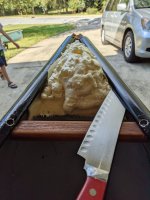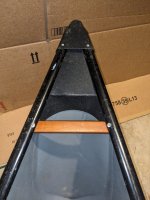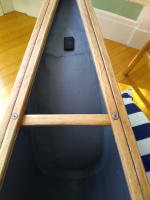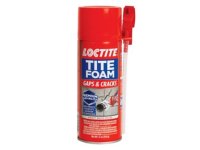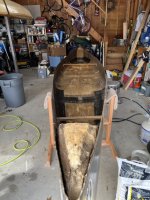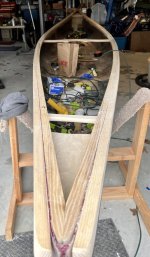I just took the old gunwales off the malecite I bought last fall. There was rot in both ends of the gunwales and I noticed some mouse nest debris in the stern. And that is obviously not sealed 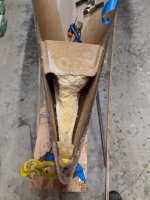
The bow is in great shape
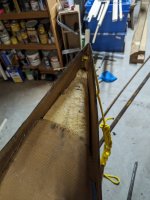
It looks like that the foam is pre-cut and placed in the bulkhead space.
It's there any advantage in trying to 'glassing these to make them air tight? If not, should I try to replace the foam in the stern area in somehow?
The rest of the canoe is in great shape!

The bow is in great shape

It looks like that the foam is pre-cut and placed in the bulkhead space.
It's there any advantage in trying to 'glassing these to make them air tight? If not, should I try to replace the foam in the stern area in somehow?
The rest of the canoe is in great shape!

